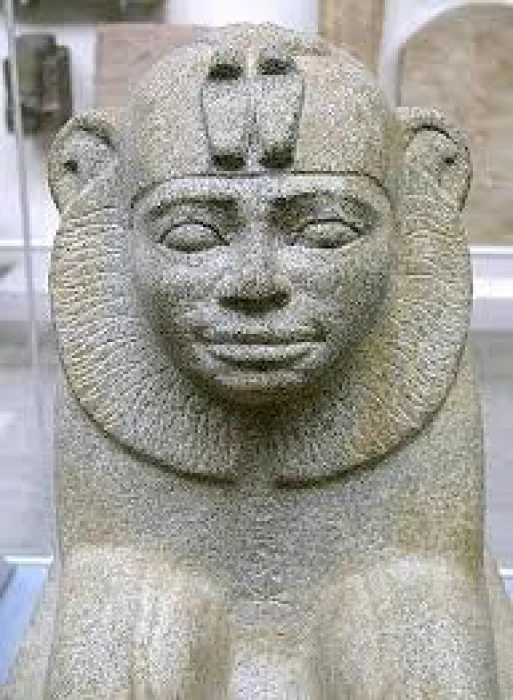
The 25th Dynasty in Ancient Egypt
Details about the 25th Dynasty
This dynasty, solely of Nubian origin, parallels the XXIInd, XXIIIrd and XXIVth dynasties and the local kingdoms from 747 onwards, when its kings came to control Upper Egypt. The temple of Amun at Gebel Barkal became an intense religious centre around which a local lineage developed, whose chiefs were buried in the nearby necropolis of El-Kourrou.
They eventually formed a dynasty and became so strongly Egyptianised that they adopted all aspects of Pharaonic power. In 715, they completely reunified the country and remained the only dynasty in power. The first ruler of Napata whose name is known is Alara, but it seems that he was in fact the seventh in the dynasty.
The kings respected Egyptian customs and institutions, particularly in Thebes, where they kept the Divine Worshippers of Amun, the first in their line being Amenhardis I (c.740-720), the daughter of King Kachta. Nubian princes were incorporated into the clergy of Amun alongside other princes from great Theban families. Egyptian craftsmen took part in the construction of Nubian temples, notably at Napata and in the necropolis of El-Kourrou, the tombs of the kings were pyramid-shaped. The Nubian kings were great worshippers of the god Amun of Napata. Because of their origin, they were often nicknamed ‘The Black Pharaohs’ or Kushites (or Kushites).
In 672, the kingdom of Sais was reborn thanks to the Assyrians, but it remained a vassal of the Kushites. The Nubian dynasty was finally swept away by the new invader, the Assyrians. Under Tanutamon, the Emperor of Assyria, Assurbanipal (669-631 or 626) launched an army against Egypt, and Tanutamon took refuge in Thebes. The Assyrians pursued him, and the battle was terrible.
In 663, the city was completely ravaged and all the treasures accumulated in the temples were plundered. Psammetichus I (664-610, Dynasty XXVI), a Prince/Governor of Sais, took advantage of Tanutamon's rout to take control of the region in 656. He succeeded in expelling the Assyrians with the help of Lydian and Greek mercenaries and reunited the country. Atlanarsa succeeded Tanutamon, but only in his capital of Napata. This was the end of the ‘Black Pharaohs’.














